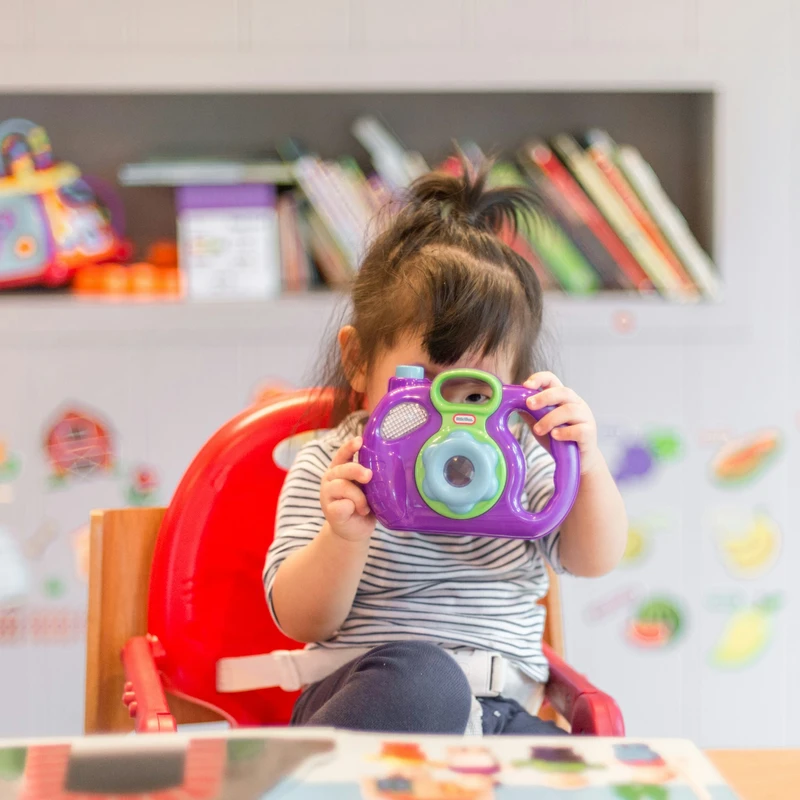Our Infant and Crawler classes learn through exploring the environment using their five senses and through cause-and-effect play. We begin enrolling babies at 6 weeks old. The focus for this class is:
- Structured classroom setting with schedule
- Focus on the individual needs of the child for eating, sleeping, and diapering
- Tummy time
- Music through songs, instruments and fingerplays
- Christ-centered teaching
- Bible Story each day
- Art and Sensory experiences
- Books and Puzzles
- Interacting with friends – focus on sharing and playing with others
- Cause and effect through play and exploration
- Fine and Gross Motor Development
- Traveling out of the classroom on buggy walks and to the playground
